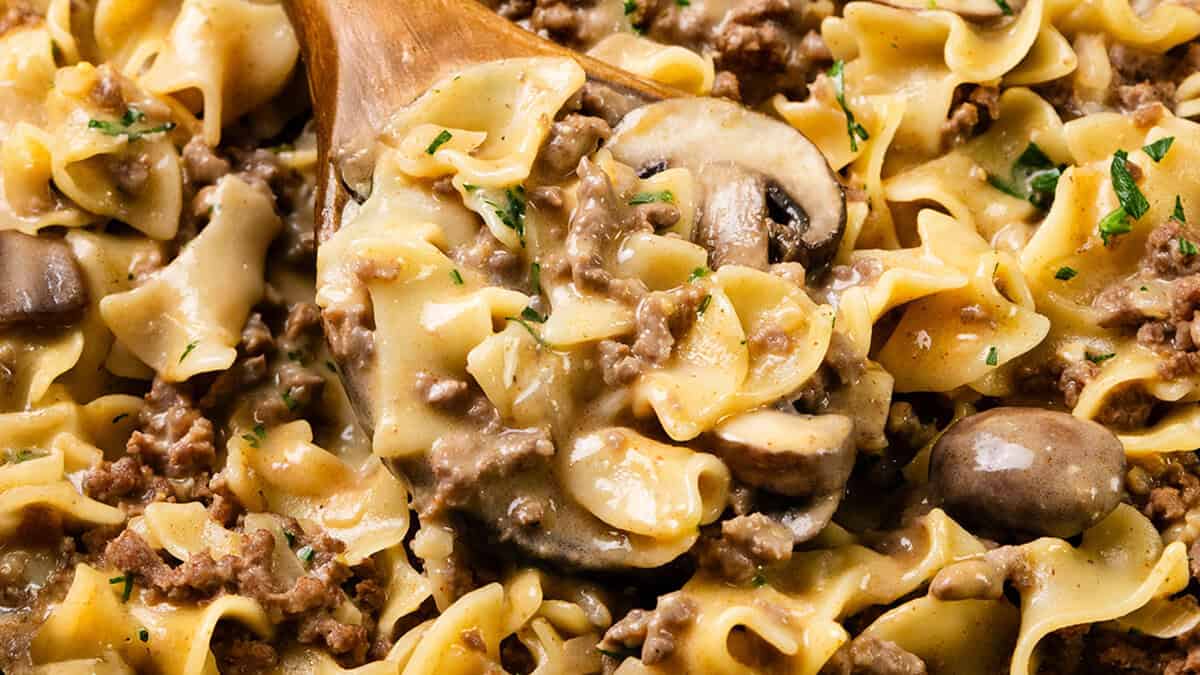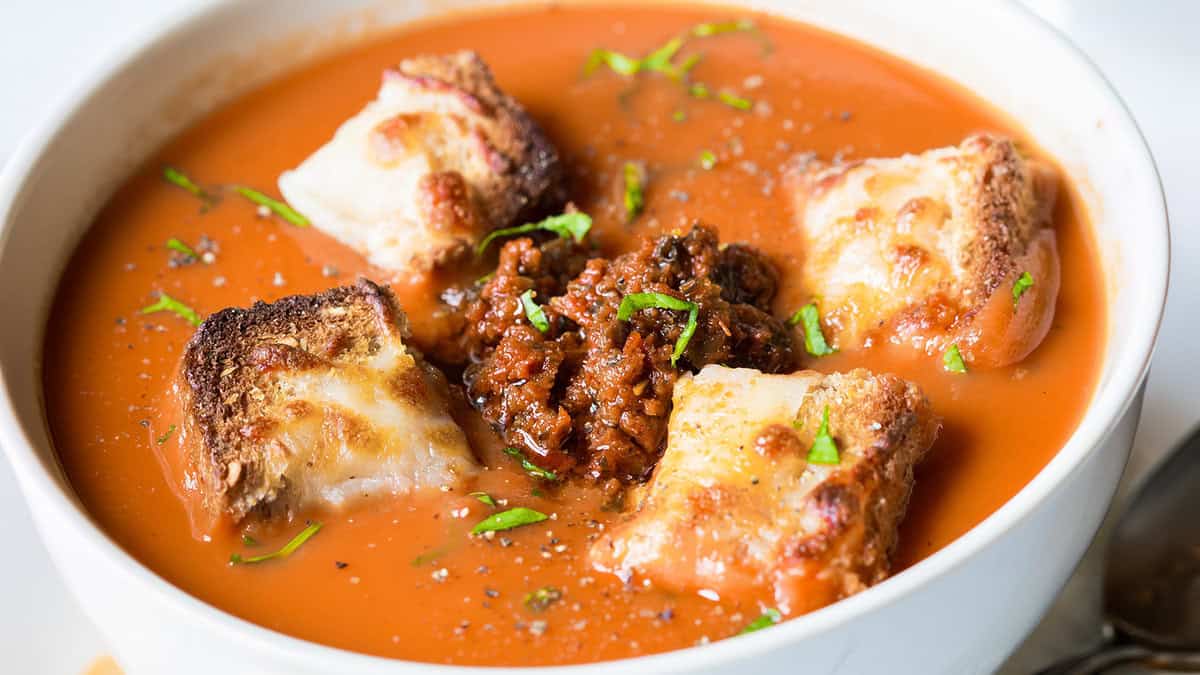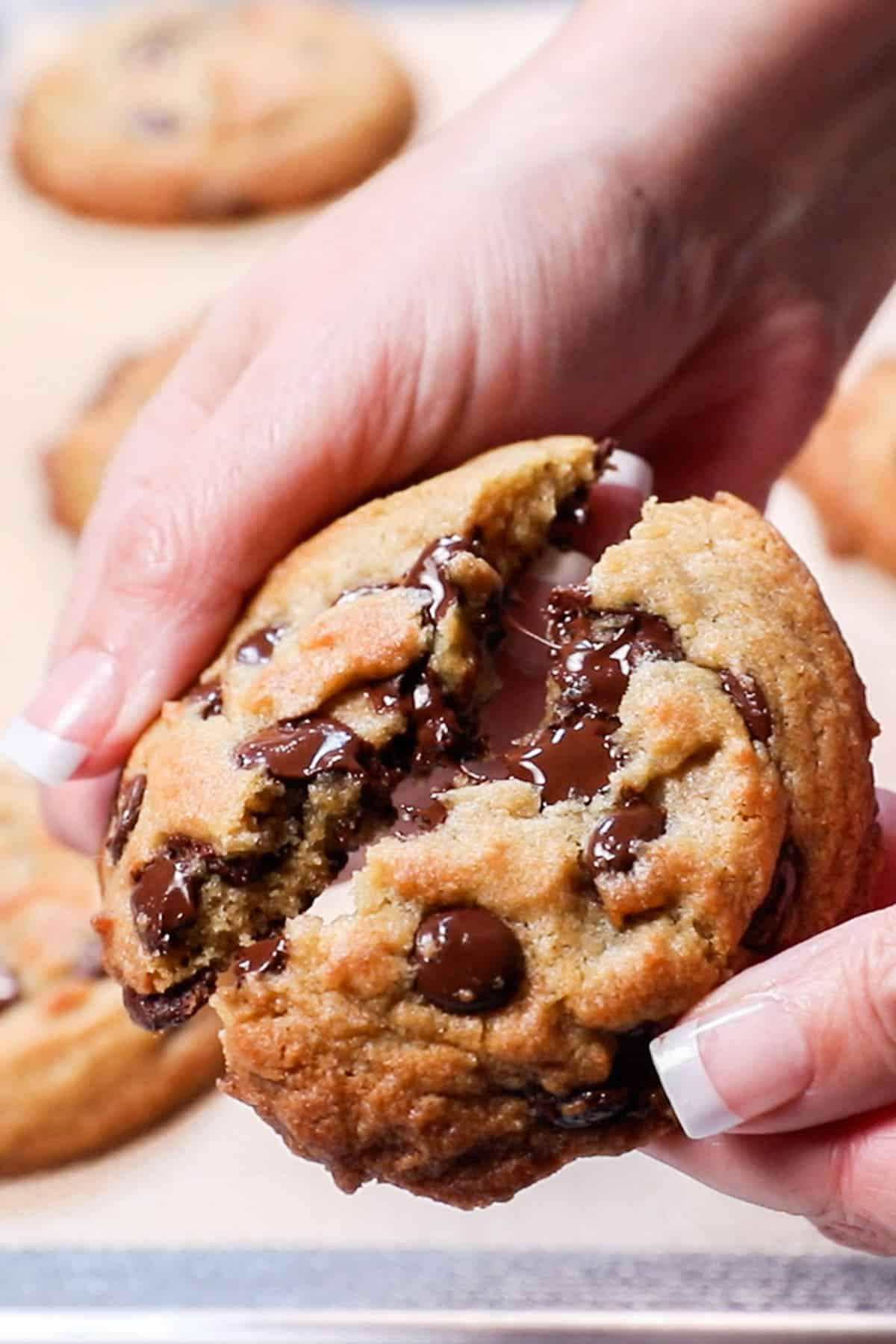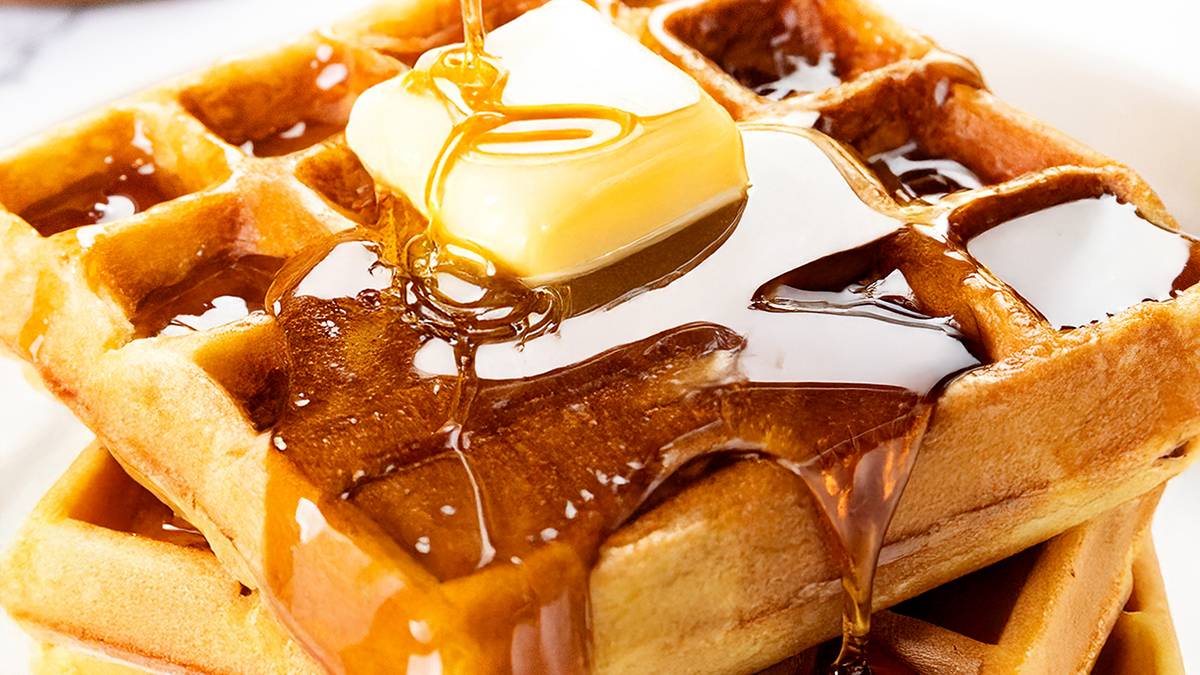If you’ve ever tried to find Medjool dates in a grocery store, you know it’s not always intuitive. You might check near the bananas, wander toward the baking aisle, or give up and ask someone. Until recently, date packaging rarely did itself any favors: generic plastic clamshells, muted colors, minimal context. The fruit may have been sweet, but it didn’t exactly look like it.
That started to change in 2019, when a line of brightly packaged, California-grown Medjool dates called Joolies started showing up in stores across the country. You’ve probably seen them even if you don’t know the name: turquoise stand-up pouches stamped with a bold yellow sun, sitting up in the produce section. Joolies wasn’t just trying to sell dates—they were trying to rebrand them entirely.
And it’s working. “We're now in 6,000 to 7,000 doors,” said Amanda Sains, marketing director and founding team member at Joolies. “As a whole, the date category—us and our competitors—is up 33% year over year.”
So, Why Is Everyone Eating Dates All of a Sudden?
I’ll admit, if someone told me three years ago that dates were about to have their moment, I would’ve been confused. At the time, my mental image of a date was somewhere between a prune and a fig, maybe tucked into a holiday charcuterie board or hidden in a baked good. My family never bought them, and I couldn’t have told you what they tasted like. Turns out, I’d eaten them more times than I could count, just never on their own. And turns out, they have a lot of nutritional benefits on top of tasting good.
Dates show up everywhere: in protein bars, smoothie bases, breakfast cookies. And yet, a lot of people still don’t know what they are or what to do with them. Lately, though, something’s changed. I’ve been seeing them all over social media—drenched in chocolate, stuffed with peanut butter, whipped into caramel—and suddenly, they’re less of a mystery.
“They’ve always been kind of misunderstood,” Amanda explained to me. “They’re sweet, delicious, and so good for you, but they’ve been stuck in ugly packaging.”
That meant developing a brand that was fresh, playful, and a little unexpected. But beyond the packaging, the team wanted to change how Americans viewed dates altogether, not just as a baking ingredient or health food store oddity, but as an everyday staple. They just had to figure out how to get people to notice.
“When you travel to Morocco, Greece, the UK, even Australia, you realize how much more normalized date consumption is,” Amanda explained. “You’ll see them at the checkout counter or in bowls at people’s homes. In the U.S., that just hasn’t been the case.”
That gap is part of what Joolies set out to close. The company is an offshoot of La Quinta Date Growers, a family-owned farm in California’s Coachella Valley that’s been growing organic Medjool dates since 1979. Co-founder David Kohl runs the farm his grandfather started, and before Joolies, their dates were never sold directly to consumers. The idea to launch a standalone brand came when David teamed up with co-founder Greg Willsey, a CPG veteran with experience at The Wonderful Company (you know them from POM, pistachios, and Popchips). Together, they launched Joolies at Expo West in 2019 with the goal of making dates easier to find, eat, and understand.
Amanda, who joined the founding team after years in digital marketing, remembers how tough it was to get people to see dates differently.
“We’d go into stores and think, What is it about this fruit that’s so hard for people to get?”
Are Dates Actually That Good for You?
A lot of it came down to looks. Dates are wrinkly. They’re brown. They’re not the most intuitive fruit to eat. But they’re also surprisingly sweet—like, caramel-sweet—and packed with a surprising amount of good stuff: fiber, calcium, iron, magnesium. And people finally noticed.
They’re also shelf-stable, naturally energizing, and grown in a way that’s far more sustainable than people realize. On their thousand-acre farm, Joolies uses drip irrigation to conserve water and lets native plants and wildlife flourish to support biodiversity. Every Medjool date is hand-pollinated, hand-harvested, and hand-pitted. The fronds and trimmings from the date palms are turned into natural fertilizer. The pits are fed to cattle. And any fruit that doesn’t meet cosmetic standards? It goes into their “Ugglies” line, gets transformed into date paste (in collaboration with their sister company, Desert Valley Dates), or becomes a base for their sweet snack line, Date Pops.
In short, they’ve figured out how to use 100% of their harvest.
“It’s a whole ecosystem,” Amanda said. “Just by eating dates alone, you're helping the environment."
Now, if eating six dates a day (as some people recommend for pregnancy wellness) feels impossible, you’ve probably already done it without realizing. That same date paste shows up in bars from RX, Lärabar, and other health brands. You’ll also find it in smoothies, sauces, and baked goods across TikTok.
At Food52, we’ve seen it used in everything from date brownies and coffee syrups to salads (in place of dried berries). My personal favorite? A sliced date with a pat of good butter and flaky salt. Simple, but delicious.
Despite having an array of date-flavored goodies now, Joolies’ bestselling product is still their classic: a pit-free pouch of Medjool dates. “Americans love convenience,” Amanda laughed. “We’ve found that people love just being able to just reach in and snack.”
But the benefits go beyond easy snacking. Dates have long been touted as a superfood for pregnancy—high in B vitamins, especially folate, and believed to support smoother labor. One widely cited study from the National Library of Medicine found that people who ate dates daily in their final month of pregnancy had shorter labors and needed fewer medical interventions. Whether it’s anecdotal or biological, the evidence is compelling—and in my deep-dive I did find that it's backed by plenty of passionate Reddit threads.
“I ate dates almost every day for the last 4 weeks of my pregnancy, and I did have a shockingly quick delivery,” one woman said.
Nutritional benefits aside, they’ve been part of global food culture for centuries, hailing from the Middle Eastern and North African regions.
“It’s one of the oldest cultivated fruits,” Amanda said. “It’s mentioned in the Quran, the Bible. It has this incredible history.”
It also has a future. As more people turn to plant-based snacking and reconsider their sugar intake, dates are perfectly positioned to rise. They’re nature’s candy, yes—but they’re also versatile, nutrient-dense, and surprisingly sustainable. And if Amanda and the rest of the Joolies team have their way, they won’t just be the fruit you find in a bar. They’ll be front and center in your pantry.
So the next time you spot a box or pouch in the produce section? Grab it. You might just get hooked.
6 Ways to Eat Dates If You’re Not Sure Where to Start
What's your favorite way to eat dates? Are they a staple in your pantry?













 English (US) ·
English (US) ·